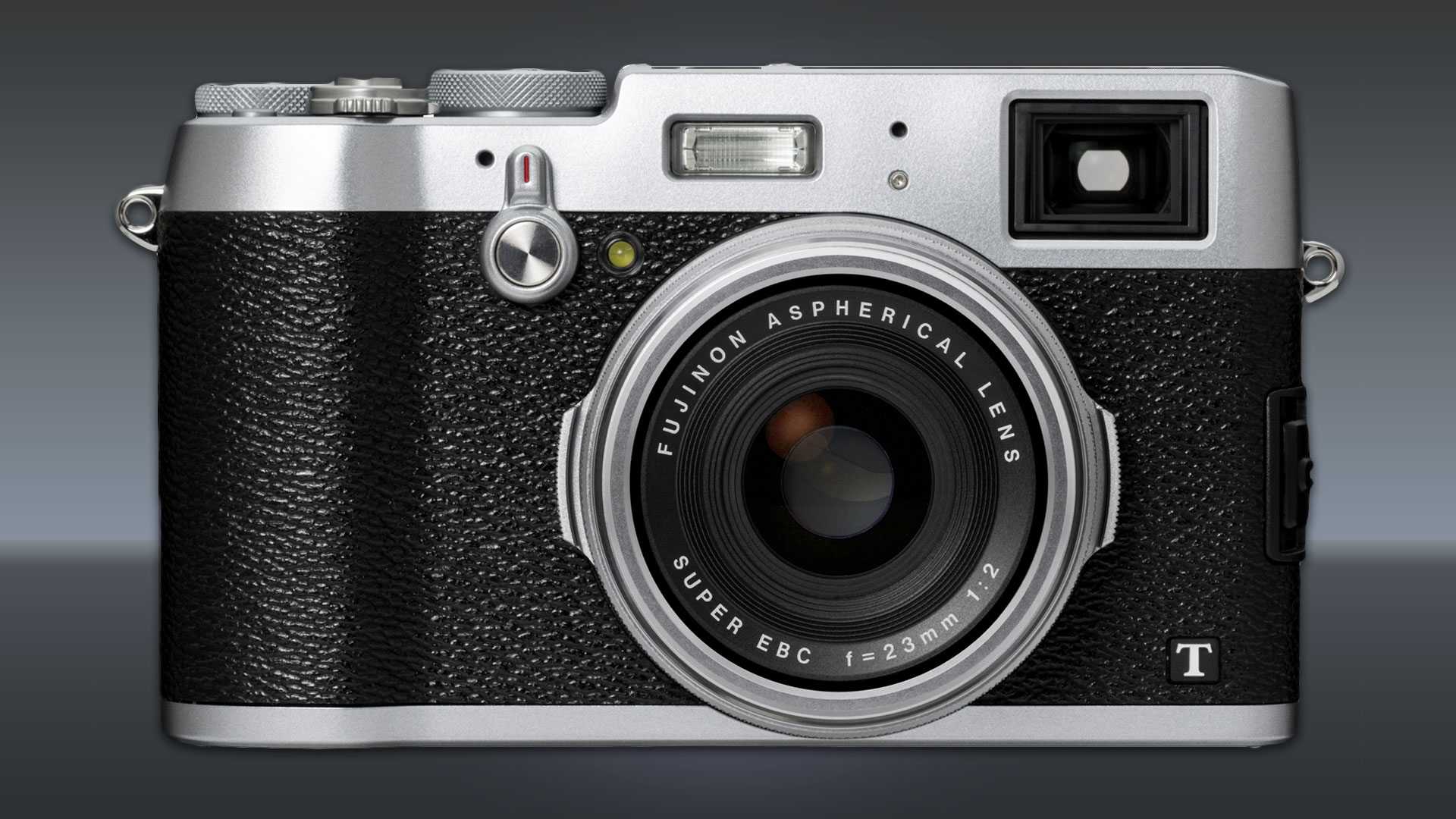Fuji X100T: Fuji's fixed-lens classic gets an update
Fujifilm's rangefinder-style camera actually gets a rangefinder (sort of)

The new Fuji X100T is the latest version of a camera first launched in March 2011. The X100S followed in February 2012, adding a new X-Trans sensor. The X100T keeps the same sensor but brings a host of operational improvements.
Traditionally, rangefinder cameras were high-class 35mm compacts which had a small mirror in the camera body linked to the lens's focus mechanism. (Leica cameras are the most famous examples.) You turn the focus ring until a small rectangular patch in the centre of the viewfinder lines up with the main image behind it.
The original Fuji X100, and the X100S which followed it, had a rangefinder-style body, but a regular digital camera autofocus system.
Digital rangefinder
But the new X100T adds a "digital rangefinder" designed to aid manual focus when you're using the optical viewing system - a digital blow-up is displayed in the bottom right corner of the viewfinder window.
It doesn't look quite a classic rangefinder mechanism, then, but still a welcome addition for manual focus fans.
Fuji has also added a Real Time Parallax Correction feature, so that framing accuracy is improved with nearby subjects. This parallax error occurs because you're looking through a separate viewfinder above the lens, not through the lens itself.
Exposure extras
There have been some changes to the controls, too. The X100 and X100S have aperture rings on the lens for setting f-stops directly, but these only worked in full stops. To set intermediate values you had to use the separate command lever. With the X100T, though, you can set intermediate values in 1/3 steps using the aperture ring itself.
Get daily insight, inspiration and deals in your inbox
Sign up for breaking news, reviews, opinion, top tech deals, and more.
The LCD display on the back of the camera has been upgraded to a 1,040k-dot 3-inch screen, and there are changes to the minor controls and the finish.
The X100T also gets an electronic shutter which boosts the fastest speed to 1/32,000 sec and the Classic Chrome film simulation mode included with the X-T1 Graphite Edition. Other improvements include a wider choice of video frame rates coupled with more manual control, faster startup and processing and built-in wi-fi.
The big picture
The X100 was the first of Fuji's high-class big-sensor compacts, and it's good to see it's still being developed even after the introduction of the interchangeable-lens X-series cameras.
The combination of a fixed, 35mm equivalent f/2 lens, sturdy construction and old-school aperture and shutter speed controls has made the X100 series a huge hit with serious photographers looking for a simpler and more elegant shooting experience. You get the feel of a top-quality 35mm film camera with the performance of a modern APS-C size sensor with Fujifilm's clever X-Trans technology.
The X100T is due to go on sale in November 2014 at a price of £1,000/US$1,300.

Rod is an independent photographer and photography journalist with more than 30 years' experience. He's previously worked as Head of Testing for Future’s photography magazines, including Digital Camera, N-Photo, PhotoPlus, Professional Photography, Photography Week and Practical Photoshop, and as Reviews Editor on Digital Camera World.